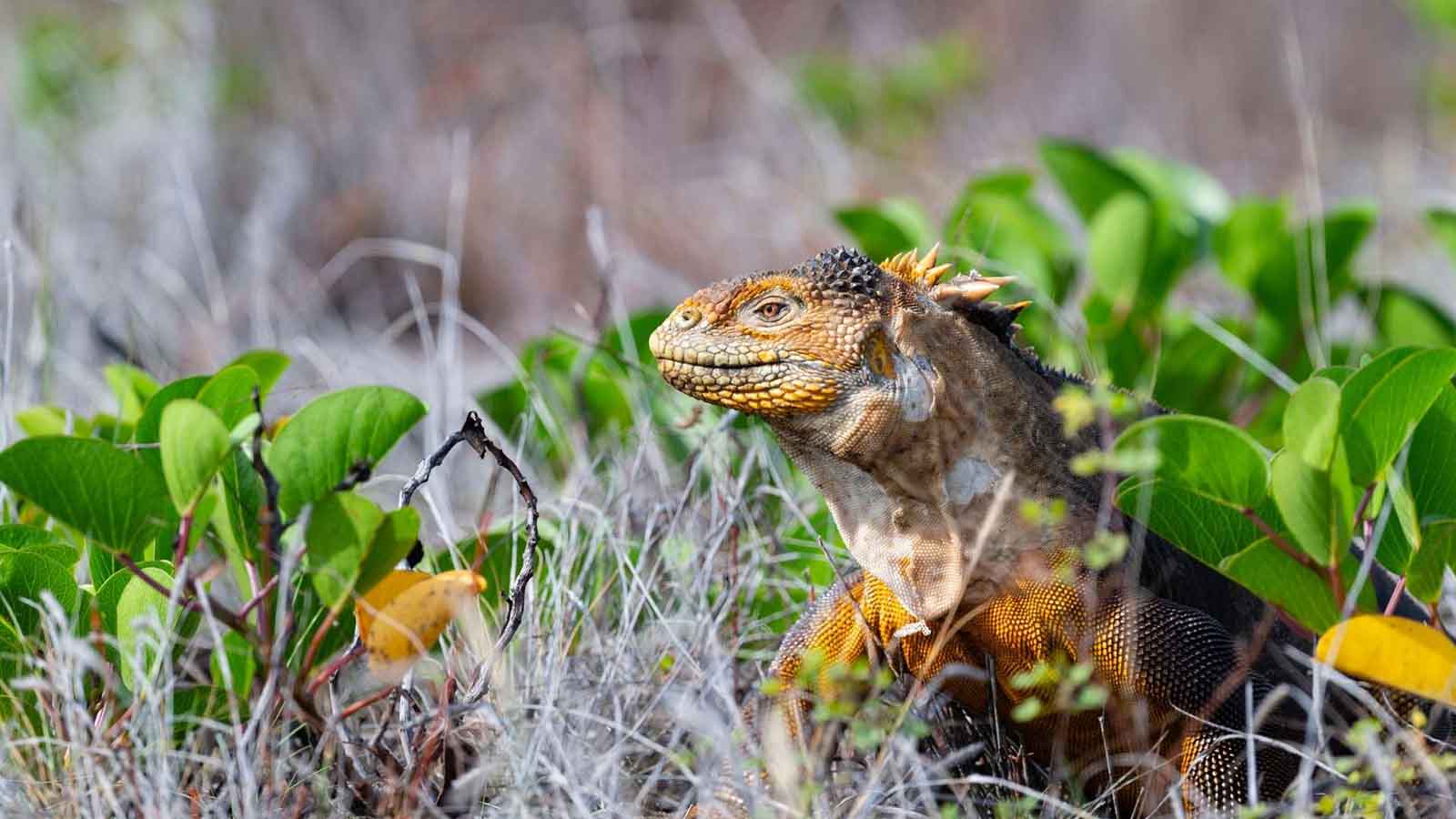The Southern islands of the archipelago are the most ancient, and at the same time the most lush and green. A garden of Eden where you can walk alongside species that have evolved and adapted to this unique area within the Galapagos island cluster. Some of the many highlights will be to spot the colorful green and orange marine iguanas on Española island, walk by the blowhole, observe the courtship of Nazca boobies and waved albatross, walk with the giant tortoises in the wild and swim with playful sea lions and the graceful sea turtles. You can brag about all this in the post cards you can send from the Floreana post office. This amazing cruise program is offered in luxurious comfort on board the Ocean Spray catamaran.
Day by day
Map

Preview

Preview

Preview
Cruise Includes
Scheduled visits and activities with a professional bilingual guide
All meals on board, snacks, purified water, tea and coffee
Accommodation in standard cabin / suite (with balcony where applicable) with private bathroom and air conditioning
Snorkeling equipment (mask, lenses, fins), sea-kayaks, wet-suits (some boats)
Assistance at the Airport and 24/7 during the trip
Cruise does not include
Air tickets to / from Galapagos from / to Quito, Guayaquil or combined route
Entrance to the Galapagos National Park US $ 200 p.p. (cash in the Islands)
Galapagos Control Card US $ 20 p.p. (at the airport before check-in)
Soft and alcoholic drinks on board; personal expenses, extras and tips guide and crew (cash)
Travel insurance with medical, cancellation and other unforeseen coverage
Other services in Continental Ecuador and not specified in the program
Highlights
Walk through and Opuntia Cacti endemic forest and spot land iguanas on Santa Fe island
Visit the Giant tortoises in the wild at the San Cristobal Galapaguera sanctuary
Swim with playful sea lions and guard your water from the hood mockingbird at Gardner bay on Española island
Send a post card at Post office bay and indulge in one of the most beautiful bays in the world at Floreana island
Galapagos Southern Islands 6 days cruise Itinerary on board Ocean Spray
From USD 6190,00
Enquire now
Dates & Promotions
| Dates | Itinerary | Price (USD) | Available | Hold | Promotion | |
|---|---|---|---|---|---|---|
No data | ||||||